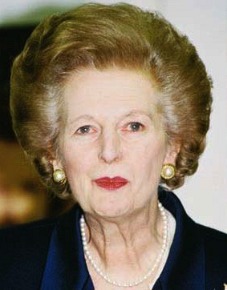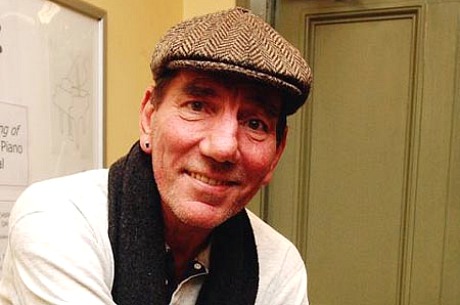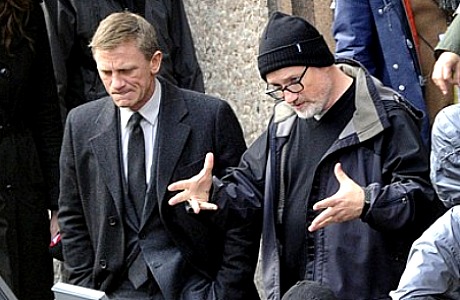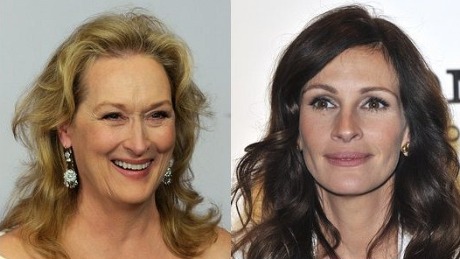If you want to be freewheeling and scattershot about it, here’s a list of potentially award-worthy actress performances in 2011 films, pruned down somewhat from a list sent in by HE reader danbmcg. It’s actually not all that scattershot. I’ll eat my recently purchased Urban Outfitters winter jacket if a good 60% or 70% of these performances don’t at least get talked up as Oscar-worthy.


(l.) Meryl Streep, (r.) Margaret Thatcher.
Meryl Streep, The Iron Lady. Already one of the most anticipated female performances in 2011 with Streep portraying British Prime Minister Margaret Thatcher during the Falklands War. A likely default choice for Best Actress consideration even before filming has begun. The film, costarring Jim Broadbent as Denis Thatcher and directed by Mamma Mia‘s Phyllida Lloyd (whoops!), is apparently destined for release later this year.
Juliette Binoche, Sponsoring. Lesbian love affair drama. Directed by Malgorzata Szumowska.
Glenn Close, Albert Nobbs. Cross-dressing Irish period piece. Directed by Rodrigo Garcia.
Vera Farmiga, Higher Ground. Struggle-with-faith drama directed by Farmiga, heading for Sundance, costarring John Hawkes, Bill Irwin.
Zoe Kravitz, Yelling At The Sky. Director: Victoria Mahoney. Urban survival drama
Helen Mirren, The Door. A female writer and her maid. Duerctor: Istvan Szabo. Costarring Martina Gedeck.
Michelle Monaghan, Machine Gun Preacher. Director: Marc Forster. The story of Sam Childers (Gerard Butler), a born-again ex-drug-dealing and biker and his wife Lynn (Monaghan), etc.
Carey Mulligan, Shame. Director: Steve McQueen. Mulligan as Michael Fassbender’s sister, dysfunctional family drama, 30-something hound, “his myriad sexual escapades, and what happens when his wayward younger sister moves in,” etc.
Ellen Page, Freeheld. Director: Catherine Hardwicke. Female car mechanic, terminal illness, pension benefits.
Charlize Theron, Young Adult. Director: Jason Reitman.
Naomi Watts, The Impossible. Director: Juan Antonio Bayona. Watts playing the wife of Ewan McGregor in 2004 tsunami disaster drama.
Rachel Weisz, The Whistleblower. Director: Larysa Kondracki. Nebraska cop, post-war Bosnia, sex scandal coverup.
Michelle Williams, My Week With Marilyn. Director: Simon Curtis. Monroe vs. Olivier (Kenneth Branagh) during shooting of The Prince and the Showgirl. Williams also has Meeks Cutoff, which is playing Sundance ’11.
Reese Witherspoon, Pharm Girl. Directors: Glenn Ficarra, John Requa. Big Pharma whistleblower/moral reckoning drama.









